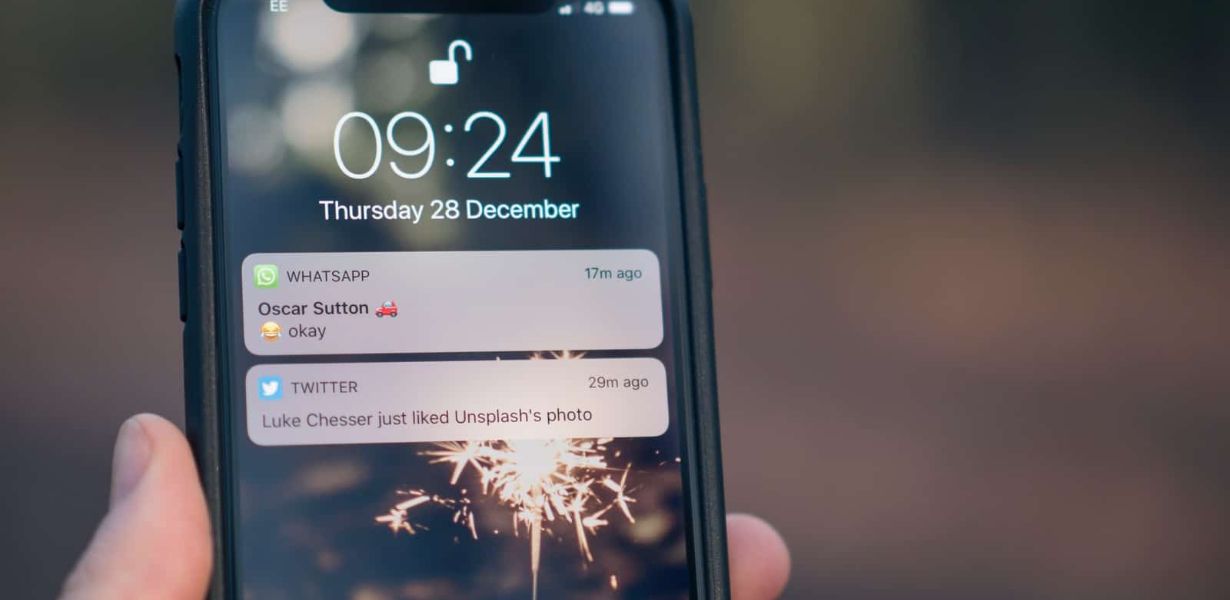
Revolutionizing Push Notifications: The Evolution of Interactive and Personalized Experiences
- Post
- August 8, 2023
- Progressive Web Apps, Push Notifications, Web Technologies
- 0 Comments
In today’s rapidly advancing digital landscape, where user engagement is a critical metric for success, the way we approach push notifications has undergone a remarkable transformation. Gone are the days when push notifications were mere one-way alerts. We’ve entered an era where push notifications have evolved into interactive and personalized experiences, shaping how businesses connect with their audience. In this comprehensive exploration, we delve into the rise of interactive push notifications and the game-changing impact they’re having on user engagement.
Pushing the Boundaries: Understanding Interactive Push Notifications
Interactive push notifications represent a paradigm shift in user communication. Unlike traditional notifications, which often lack engagement beyond simple clicks, interactive notifications allow users to take actions directly within the notification itself. This can include options to respond to messages, complete tasks, or even make purchases without the need to open the app. The integration of interactive elements within push notifications not only streamlines user actions but also enhances convenience and immediacy, leading to higher engagement rates.
In the context of web applications, the Web App Manifest plays a pivotal role. It’s a JSON file that provides essential metadata about the web app, enabling the browser to understand how the app should be presented to the user. For iOS devices, the iOS Web App Manifest holds similar significance, ensuring a seamless user experience by defining how the app should behave when added to the home screen.
Personalization: The Key to Unlocking User Engagement
Personalization lies at the heart of modern marketing strategies, and push notifications are no exception. The ability to tailor notifications based on user behavior, preferences, and context has revolutionized how brands connect with their audience. By leveraging user data intelligently, businesses can deliver hyper-relevant content that resonates with users on a personal level.
Utilizing the power of progressive web app manifest JSON, businesses can implement personalization strategies effectively. The manifest file allows developers to specify how the app should be displayed when launched from a user’s home screen, ensuring a consistent and personalized experience across different devices.
Navigating User Consent and Privacy
While interactive and personalized push notifications offer tremendous benefits, they also raise concerns about user consent and privacy. Striking the right balance between providing value and respecting user boundaries is crucial. Regulations such as GDPR and CCPA emphasize the importance of obtaining explicit user consent for data usage and providing transparent information about how data will be utilized.
The Technical Landscape: Implementing Interactive Push Notifications
The implementation of interactive push notifications involves a blend of technical expertise and user-centric design. Key elements include:
Service Workers: These background scripts enable the display of notifications even when the user isn’t actively using the app.
Notification API: This interface allows developers to create, display, and interact with notifications.
Action Buttons: Interactive notifications feature action buttons that enable users to respond directly from the notification.
Deep Linking: Deep linking within notifications directs users to specific app content, enhancing user experience.
By mastering these technical components, businesses can craft seamless and engaging interactive push notifications that captivate users.
The Future Outlook: Continuous Innovation
As technology continues to advance, the evolution of interactive push notifications shows no signs of slowing down. With the emergence of AI and machine learning, notifications can become even more finely tuned to user preferences, predicting their needs and behaviors. Additionally, the integration of multimedia elements such as images, videos, and animations can further enhance the visual appeal and effectiveness of notifications.
Final Words
In this dynamic landscape, interactive push notifications have emerged as a cornerstone of user engagement strategies. The fusion of technical innovation and personalized communication is reshaping how businesses connect with their audience. By harnessing the power of interactive push notifications and staying attuned to evolving user preferences, businesses can create lasting impressions and cultivate enduring relationships.
Commonly Asked Questions
Q1: How do interactive push notifications differ from traditional notifications?
Interactive push notifications allow users to take actions within the notification itself, such as responding to messages or completing tasks, whereas traditional notifications are often limited to simple clicks.
Q2: What role does the Web App Manifest play in interactive notifications?
The Web App Manifest is a JSON file that provides metadata about a web app, ensuring consistent presentation and behavior across different devices, contributing to a seamless interactive experience.
Q3: How can businesses ensure user consent and privacy with personalized notifications?
Businesses should adhere to regulations like GDPR and CCPA, obtaining explicit consent and transparently communicating how user data will be utilized.
Q4: What technical components are involved in implementing interactive push notifications?
Implementing interactive push notifications requires understanding and utilizing service workers, the Notification API, action buttons, and deep linking.
Q5: What does the future hold for interactive push notifications?
With ongoing technological advancements, interactive push notifications are expected to become even more personalized and multimedia-rich, enhancing user engagement and satisfaction.




